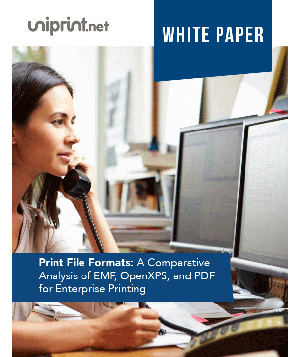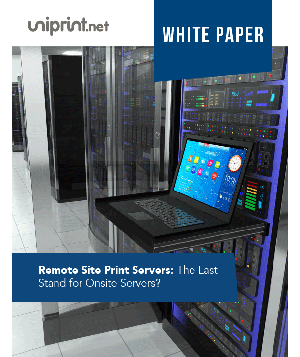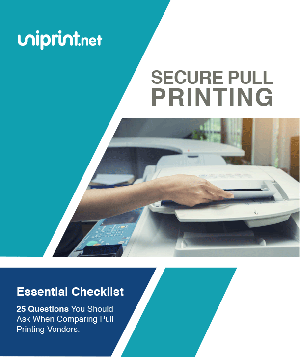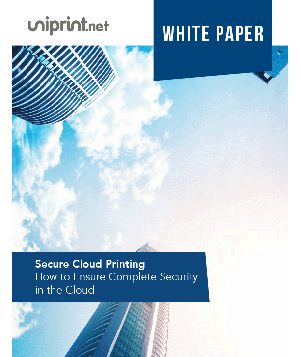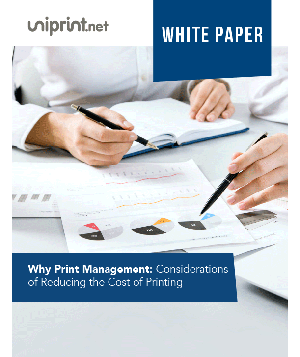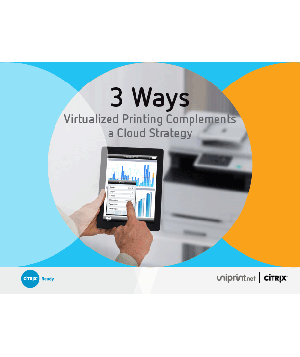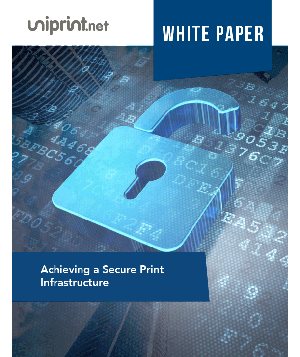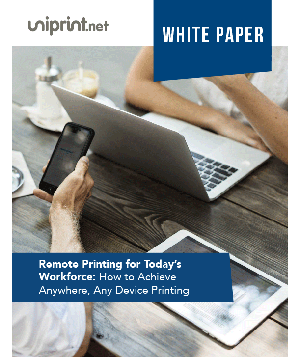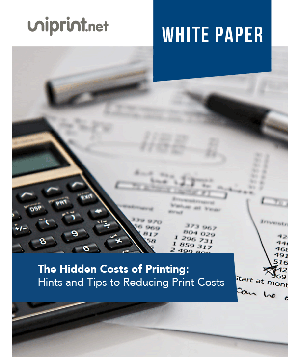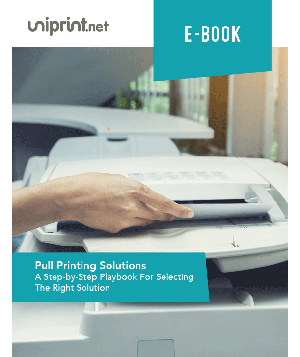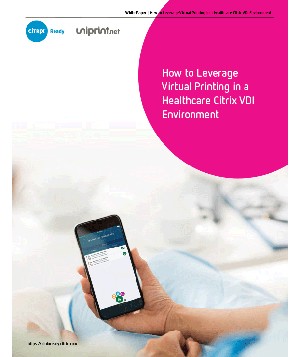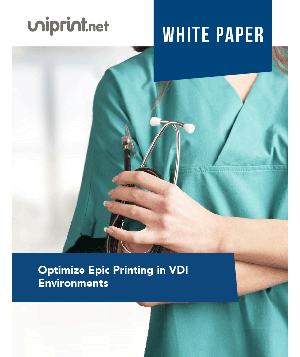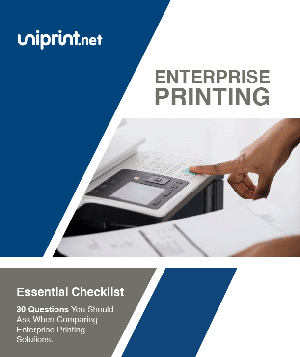What is the difference between EMR and EHR?
Difference between EMR and EHR
The main difference between EMRs and EHRs is that EMRs (Electronic medical records) are digital versions of paper charts that clinicians and healthcare workers use at the office, whereas EHRs (Electronic health records) are digital versions of patient charts, but it is a more detailed records of a patient’s medical history.
With a lot of news coverage and changes in technology, the terms EMR and EHR are often mixed up, leading to some confusion.
Below we outline the major differences and some challenges healthcare workers may be facing in EMR and EHR printing.
What Are Electronic Medical Records (EMRs)
Electronic medical records are digital versions of paper charts that clinicians and healthcare workers use at the office. An EMR usually contains a patient’s medical and treatment history in one area of healthcare practice.
Advantages of EMR:
- A digital version of a chart
- Can track and analyze patient data over time
- Use data to monitor, report, and improve the quality of patient care
- Track patient data for follow-up checkups and preventative screenings
- Monitor patient data on specific variables such as blood pressure or vaccinations
- Mainly used for diagnosis and treatment
One of the biggest problems with EMRs is that it doesn’t transfer easily out of one area of a healthcare practice. This means when a patient’s record needs to be seen by another healthcare practice, they need to be printed out and physically delivered to them.
What Are Electronic Health Records (EHRs)
Electronic health records are digital versions of a patient chart, but it is a more detailed record of a patient’s medical history.
EHRs are designed to be shared with other medical providers so that authorized users can easily access a patient’s records digitally from across different healthcare practices.
Interested in finding out more about printing solutions with EHR and EMR? Check out this free webinar on creating a software-defined healthcare printing solution!
Advantages of EHR:
- A digital record of a patient’s health information
- Seamless sharing of real-time patient information
- Access across different healthcare providers
- Provides a complete overall medical history of a patient
- Designed to share patient data with authorized providers from more than one organization
- Patients’ medical information can move with them to labs, emergency rooms, pharmacies, specialists, across regions, etc.
EMRs and EHRs Software Solutions in Healthcare
EMR and HER software help doctors, medical practitioners, and healthcare workers keep track of healthcare-related information for their patients. It also increases workflow by providing staff with easy access to patient data through a centralized electronic system.
List of popular EMR EHR software:
- Cerner Corporation
- Epic Systems Corporation
- Allscripts
- NextGen Healthcare
- Athenahealth
- GE Healthcare
- Mckesson
- Practice Fusion
- Meditech
- eClinical Works
- CureMD
Challenges in EMR and EHR printing
Healthcare workers require fast, reliable, and secure delivery of all the different test results, patient records, armbands, and prescription labels they come across each day.
But with most healthcare organizations, face a complicated network of output platforms, devices, and applications, which often lead to increased printing costs, increased labor from the IT department, delays in user workflow, and decreased patient care.
Both EMR and EHR software is known for turning basic print management into a major pain point, as they place heavy demand on print environments in terms of hardware and user workflow.
While EMR and EHRs systems both store important patient information, they can’t ensure important patient documents are printed where and when they are needed in a secure manner.
The more healthcare workers there are in a healthcare organization, the harder it becomes to deliver fast and reliable printing.
So how do healthcare organizations solve these EMR and EHR printing challenges?
There are several healthcare printing solutions available that integrate fully with EMR and EHR software which improves upon many of their limitations.
When deployed together, printing software will not only streamline clinical document output by simplifying printer management but also lower costs and improve end-user workflow, allowing healthcare workers to give more time back to their patients.
Try UniPrint InfinityCloud
Whether you are printing at the office or at home, UniPrint InfinityCloud is the cloud printing solution of choice for your organization.
Recent Posts
- Cloud Printing Management: The Secret to Fewer Help Desk Tickets
- Why Should You Outsource Printing Management? A Comprehensive Overview
- How Cloud Print Management Prevents Print Server Vulnerabilities
- Is Printing Dead?
- How InfinityCloud Outshines Microsoft Universal Print in 2024
- How the Cloud Print Management Software Drives Sustainable Business Practices
- How Cloud Print Management Enhances Your Network Security
- How to Enhance Remote Work Experience with Secure Serverless Printing
- Update to Google Drive Cloud Storage
- A Guide to Preventing Phishing Attacks
- See All



